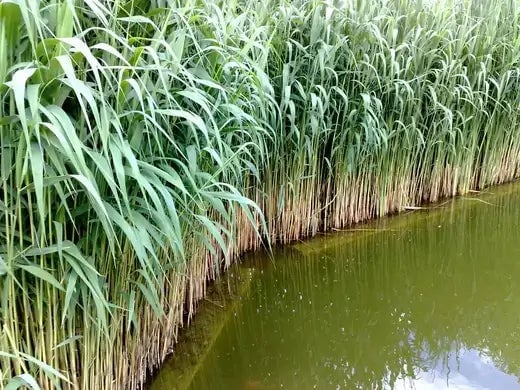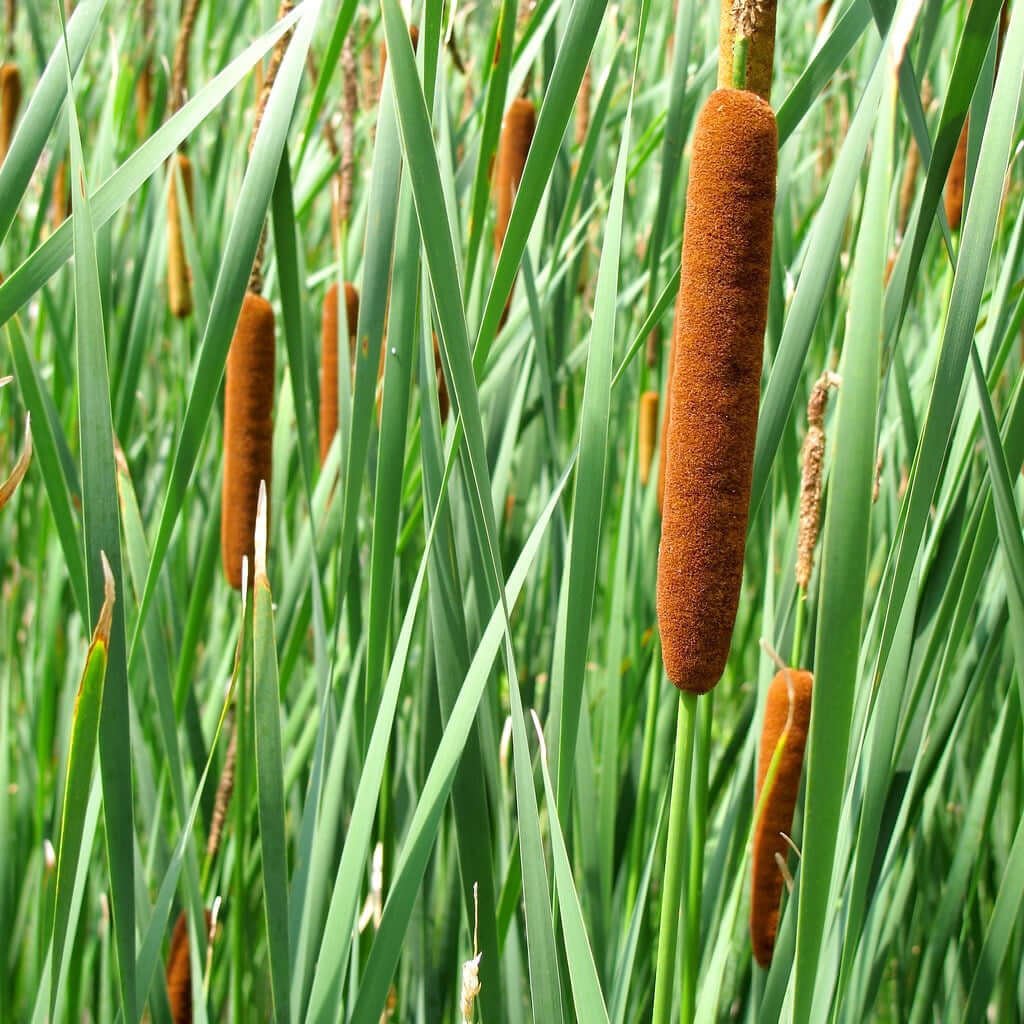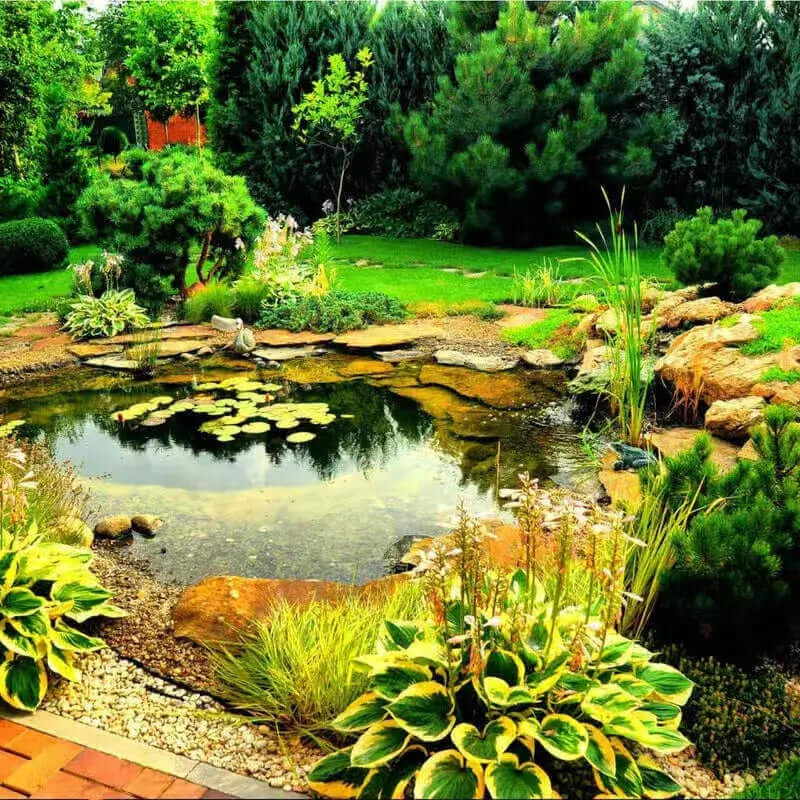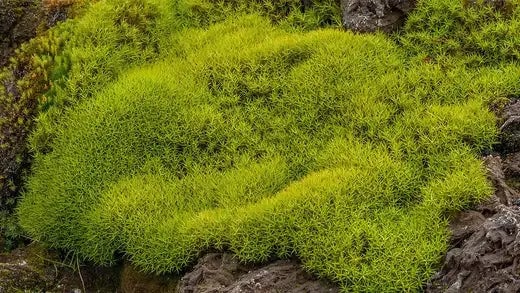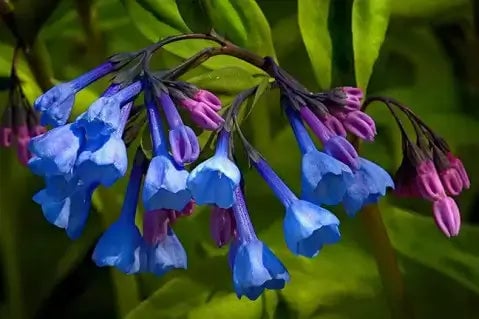Wetland Plants are Excellent for Home Pond or Near Lakes and Swampy Areas
If you've ever seen large ponds and wetlands on a property and wondered if you could have the same in your backyard, it's possible. Homeowners can have a wetland right on their property without worrying about its filtration system and function.
The secret to a fully functioning wetland on your property is the type of native plants surrounding the water, along with the gravel and rocks on the pond bottom, which acts as a perfect filter. The water in a pond doesn't flow, making it harder to keep looking clean and bacteria-free. That is why most homeowners who want a pond will never attempt to install one. They feel like it's too much maintenance.
The plants act as a natural filtration system for the pond working alongside the rocks and gravel lining the pond's bed. Plants added to the pond create a filtering system that reduces nutrients and absorbs toxic compounds.
The most recognizable plant around ponds is the cattail. These can grow wildly around the edge of a pond or wetland area. It's best to transplant them in the winter before they've started to grow.
Pickerelweed Plants
Pickerelweed is a plant that grows underwater. It's an aquatic plant that grows in shallow freshwater to over three or four feet tall. They have beautiful purple flowers, and the nectar of the flowers attracts bees and butterflies, which add to the tranquil beauty of the pond.
Duck Potatoe Plants
Duck potato plants are known as Sagittaria lancifolia. These plants grow in the wild around ponds, swamps, and lakes. The beautiful white flowers are an excellent addition to a backyard wetland; The white flowers grow on stalks a foot above the plant's leaves. It should be planted at the end of May. By Autumn, tubers from the plant can be found floating on the pond. These can be eaten raw or cooked and taste a bit like the potatoes, after which they are named.
Bulrush can grow in dense clumps up to 10 feet high. Although it's called Wool grass, it's not technically grass. The leaves of the plant have rough edges, and the tips fold over at the end. They die each year, but the roots survive, and more plants will grow to replace the dead ones.
These marsh plants all work together to keep algae and bacteria to a minimum. They allow the homeowner to enjoy the pond without all the work to keep the water filtered and clean.
Purchase your wetland plants today at TN Nursery
https://www.tnnursery.net


